














Seconds count when lives are on the line. It’s why every feature of the Airbus H135 has been designed for safe, effective, and fast operations. With easy patient loading, state-of-the-art avionics to reduce pilot workload and a safer working area on the ground, the H135 ensures people get the medical care they need as fast as possible. All of this has made the H135 the emergency medical services market leader around the globe – helping people every single day and making sure the world remains a beautiful place.

Publisher Flyer and Aviation Publications
Managing Editor Guy Leitch guy@flightcommag.com

Advertising
Wayne Wilson wayne@saflyermag.co.za
Layout &
Patrick Tillman: Imagenuity cc

+27 (0)83 607 2335
ADMIN: TRAFFIC:
+27 (0)81 039 0595
ACCOUNTS:
+27 (0)15 793 0708
THE RECOVERY of the southern African airline industry has been marked by striking successes and equally striking failures. The mix of winners and losers made it difficult to gauge the overall mood of the industry at the African Airlines Association (AASA) Annual General Assembly outside Cape Town.
Making up for the two-year hiatus caused by Covid, this year’s AASA annual assembly was very well attended. Over 260 delegates pitched up for the annual catch-up.
With the loss of over 50% of South Africa’s low-cost carrier seat supply, there has been a windfall in loads and thus yields for the surviving carriers. Their presumed profitability has attracted the attention of South Africa’s Competition Commission.
However, the strong demand experienced by some carriers was offset by acknowledgement of the difficulties other AASA member airlines are having with the postCovid recovery.
the reliable supply of fuel, which is the most immediate pressing issue.”
The strong recovery by FlySafair, Airlink and Cemair has given them the opportunity to rapidly enlarge their pre-pandemic fleet. This has been made possible by the depressed prices of many jets, especially the narrowbodies, and the excess of seat demand over supply.
Regional airline CEOs reported a mixed view of recovery prospects. Joao Carlos Po Jorge, the DirectorGeneral of Linhas Aéreas de Moçambique (LAM) was cautiously optimistic about his small airline’s chances of being able to grow its niche in the competitive southern African market.
Despite the fast bounce back by some airlines, the consensus was that confidence for the year ahead is clouded by economic ‘challenges’ such as inflation, rising interest rates and energy costs, as well as currency devaluation against the very strong dollar.
As a whole, the African airline industry has been slow to recover from the pandemic and is still operating at around 80% of pre Covid levels. This is evidenced by figures that show Africa’s share of the world airline market has fallen from around 2.2% of global traffic to just 1.8%.
FlySafair, Airlink and Cemair are fast growing into the space left by the collapse of Comair’s kulula and BA brands and the earlier closure of low cost carrier Mango and SAX. FlySafair CEO Elmar Conradie said, “Our industry emerges from the Covid-19 pandemic in a very different shape to what it was. It is leaner, fitter and stronger, but faces considerable economic and regulatory headwinds and external threats, including
A common sentiment was that while these are all concerns, traffic is strong and fares are high, so the airlines are bouncing back strongly. The resilient airlines will adapt to changing circumstances.
AASA CEO Aaron Munetsi said, “Key issues addressed included the need for urgent action by governments in the region to review policies and regulations to enable a more efficient, comprehensive and competitive air transport industry to serve and support all of the economies of the SADC region.” So there you have it.
IAM NOT ONE OF THOSE lucky guys like Sky Masterson or Rick Drury, who were born with wings and tail feathers and had to wait until they could walk before they were allowed to use them. I didn’t learn to fly until I was 27 years old. In fact I nearly missed out on flying altogether.
I was not around for the Battle of Britain, but I was born before the end of the Second World War. My father was killed during the invasion of Normandy. So, when I was brought up, pilots were still considered to have saved Great Britain, and possibly the World, from the Nazi jackboot and Japanese domination. They were held in awe. A race of such legendary, heroic and chivalrous stature that they were not really considered to be ordinary human beings like you or I.
like me waking up one morning and deciding, “Okay. It’s going to be Winston Churchill. That’s what I’m going to do with my life. I’ll be a Winston Churchill.”
the highest scoring mountains, in terms of aircraft wrecks.
No, I was forced into flying by the cousins with whom I was farming on the romantic slopes of Kilimanjaro, in Tanzania. My job was to build a dairy. One morning, after breakfast, Sue (now Lady Susan Wood, wife of the late Sir Michael Wood, Plastic Surgeon and protégée of Sir Archibald McIndoe who saved many horrendously burned pilots during the Second World War), the mother of the house, approached me and asked, “Hugh, are you intending to stay on with us here?”
I was alarmed by these words, because they sounded like a prelude to a suggestion that I should look for a future elsewhere.
So, quite naturally, I never even thought about Hugh Pryor as a member of that elite. It never once occurred to me. For me to take up flying would have been rather
“Yes, Sue. I would love to stay if that fits in with your plans.”
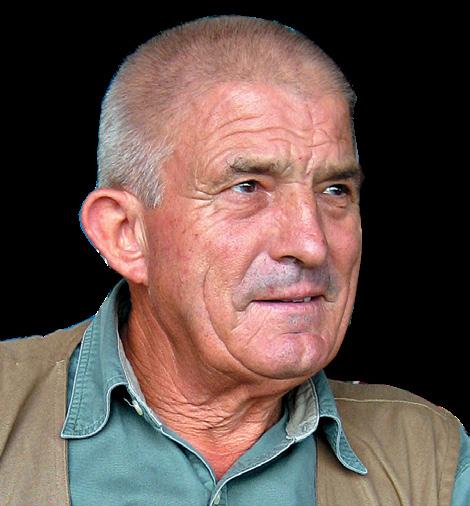
Some of my friends say that I am a slow reader and a late developer. Maybe they are right, but I find that when I read something, I tend to remember it better than some of the high-speed readers of my acquaintance do, and when, a bit later in life than some of my contemporaries, I spot some new enthusiasm I tend to fall for it, big time.
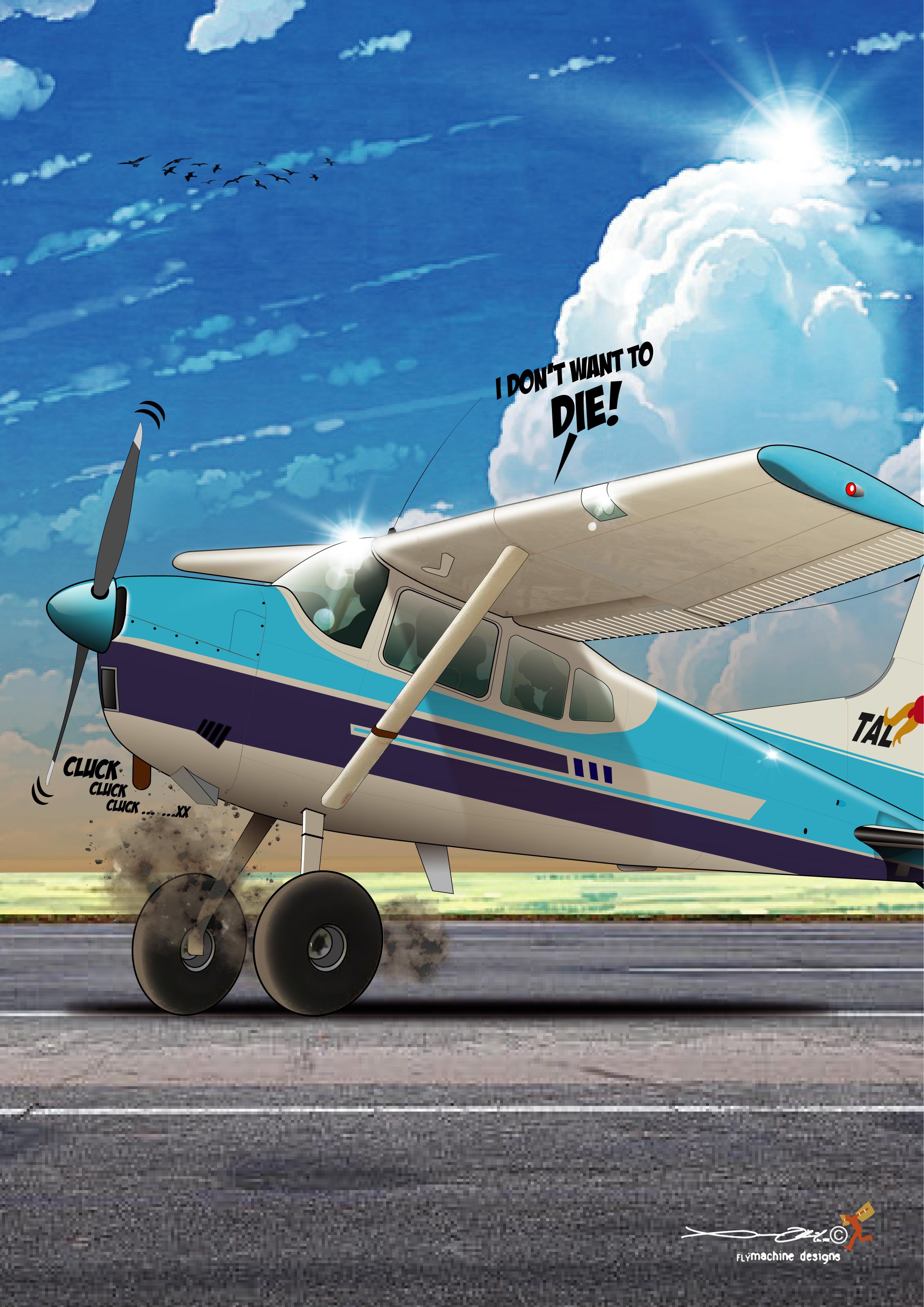
“Right, Hugh. Well we think that, in order to be a really useful member of the farm team, you should get an aeroplane and learn to fly.”
And that was how it all started. I didn’t even get into an aeroplane until I was eighteen years old. Even at that age, I felt a bit like a dinosaur among my ‘airline’s-the-only-way-to-travel’ friends. That was in a place called Madang in New Guinea, where I was doing Voluntary Service Overseas, because the British Government had ended compulsory Military Service recently before.
Up to that point I had been convinced, based on a terrifying ‘falling’ dream that I’d had when I was a baby, that I would be killed, the first time I left the ground in an aeroplane. I blame this phobia on my brother Stephen. When we were small he took it upon himself to fill my brain with copious pieces of duff information. “Carnations,” he told me, “came from Australia and that is why you must always plant them upsidedown.” He was so plausible that to this day I have a suspicion that there must be some truth in that palpable untruth, in spite of my marked lack of success in growing carnations, over the years. “Plant roots go right to the centre of the Earth,” was another piece of horticultural misinformation which he handed out, but I never questioned how grass grew on bridges. I just assumed that the roots went right down to the far end of the bridge and then plunged towards the Earth’s core. “People with razor-sharp partings in their hair are good mathematicians,” he sagely advised me one day, when I had just earned myself another ‘Blue’, for bad performance in Maths at junior school. I am a hopeless mathematician and even now, fifty years on, I catch myself taking extra care over my parting in the mornings, in an instinctive, if fruitless, effort to improve my mathematics.
not exactly through a fear of flying, but more because ‘Going by Air’ was still the preserve of the very rich. People still dressed up to go on an aeroplane, in the early sixties.
The year of my first experience in an aeroplane was 1963. It was early one morning at Madang Airport, the home of Madang Airlines, which belonged to the legendary Reg Ansett. I was crammed into the back seat of a Cessna 185, belonging to another pillar of New Guinea Aviation, Dennis Buchanan. This aircraft, if I had but known, was the progenitor of Territory Air Lines. Territory Air lines was to become the backbone of airborne communications throughout New Guinea in later years.
Sharing the back seat with me was the petite little Papuan wife of Simeon Kibikibi, the Medic at Simbai which was our destination. Simbai was an Australian Colonial Administration post 6500 feet above sea level, in the bottom of a valley, with mountains going on up over ten thousand feet all around. The Simbai valley was one of four which flowed into the Ramu River like the fingers of a hand. The little finger was the Kinimbong, the ring finger was the Simbai, the middle finger was the Assai, and the index finger was the Aiome. There was no thumb really, unless you called the main Ramu River a thumb.
People didn’t fly much after about midday in the highlands of New Guinea because the weather clamped in on the mountains and earned them the reputation of being the highest scoring mountains in the world, in terms of aircraft wrecks.
“People who have ‘Falling Dreams’ when they are babies, will die, the first time they fly in an aeroplane.” This was the piece of advice that assured me of my limited future. I even worked my passage out to New Guinea, as the Junior Apprentice on a Tramp steamer,
The problem with the finger valleys was that they are narrow, so once you got into one of them, you were committed to a landing. If there was an airstrip at the other end of the valley you would survive. If there wasn’t, you wouldn’t. It had been proved monotonously. Each gory accident had been described to me in lurid detail, by Con Hatters, the Anglican priest, whose guest house had been put at my disposal in Madang, during my week of ‘acclimatisation’. (“Hugh, you’ve got to wear long boots up there in Simbai. 90% of
snake bites occur below the knee, young man, so don’t let me see you in those silly little desert shoes again. OK?” HSE advice from Con Hatters.) So I knew, pretty well exactly, how I was going to die.

Sitting, hunched up, in the back of the 185, I couldn’t see the pilot, because the cabin was piled high with boxes of supplies. I was aware of the strong clean smell of washing soap emanating from Mrs. Kibikibi. I wondered if she could catch the whiff of fear emanating from me.
Soon we felt the cabin bounce as the pilot climbed in the front. There was a tinny bang as he slammed the door and locked it. We heard the broad Australian twang in his voice, as he called the controller for start clearance and we heard his reply when he received it. My short span on Earth was drawing to a close and I was resigned to my fate. There was a pause while
he set the various controls up for the start and then there was a ‘click’, followed by silence. Then there was another ‘click’ and another and another, followed by a well-known, but unprintable, Australian expletive.
The pilot’s door opened. “Sorry, Folks,” said the Aussie twang, “She won’t play. Starter’s on the blink. Everybody out. We’ll try again tomorrow.” My life had just been extended by one day. Another sleepless night ahead. I knew precisely how the condemned man feels on death row. More lurid stories from Con Hatters, over the beers that evening. Apparently there had been a dramatic landslide in the Simbai valley. Dozens killed. Dozens missing. So, even if we made it to Simbai airstrip, we stood a fair chance of being wiped out by a landslide. Fate appeared to be closing all the loopholes.
With the South African Air Force’s Gripen fleet steadily returning to operational status after a year-long grounding as a result of budget cuts and delays in negotiating a new support contract, there were once again claims by politicians, journalists, civil society, and members of the public that the country has no need for fighter aircraft at all.
THIS IS AN ARGUMENT that has been made since the earliest days of the 1999 Strategic Defence Procurement Package (aka ‘Arms Deal’) in which the country acquired 26 Gripens from Saab in Sweden.
This column will provide some of the reasoning and justification for a fighter capability and background on how the decision was made in our context.
To begin, it’s necessary to understand how national defence strategy is developed in South Africa, and from it, defence policies, the force structure, and resultant acquisitions.
In essence, it’s a mixture of constitutional directives, acts of Parliament, white papers and defence reviews, overall national strategies, and Cabinet decisions. The Constitution of course has primacy, and in Section 200(2) states that; “The primary object of the defence force is to defend and protect the Republic, its territorial integrity and its people in accordance with the Constitution and the principles of international law regulating the use of force.”
Section 227 of the 1993 Interim Constitution also remains in force as a result of a transitional arrangement, and specifies some of the specific tasks and duties of the defence force, charging it with service in the defence of the
South Africa would be foolish to trust peace would last forever
Republic, for the protection of its sovereignty and territorial integrity; service in compliance with the international obligations of the Republic with regard to international bodies and other states; service in the preservation of life, health or property; service in the provision or maintenance of essential services; service in the upholding of law and order in the Republic in co-operation with the South African Police Service under circumstances set out in a law where the said Police Service is unable to maintain law and order on its own; and service in support of any department of state for the purpose of socio-economic upliftment.
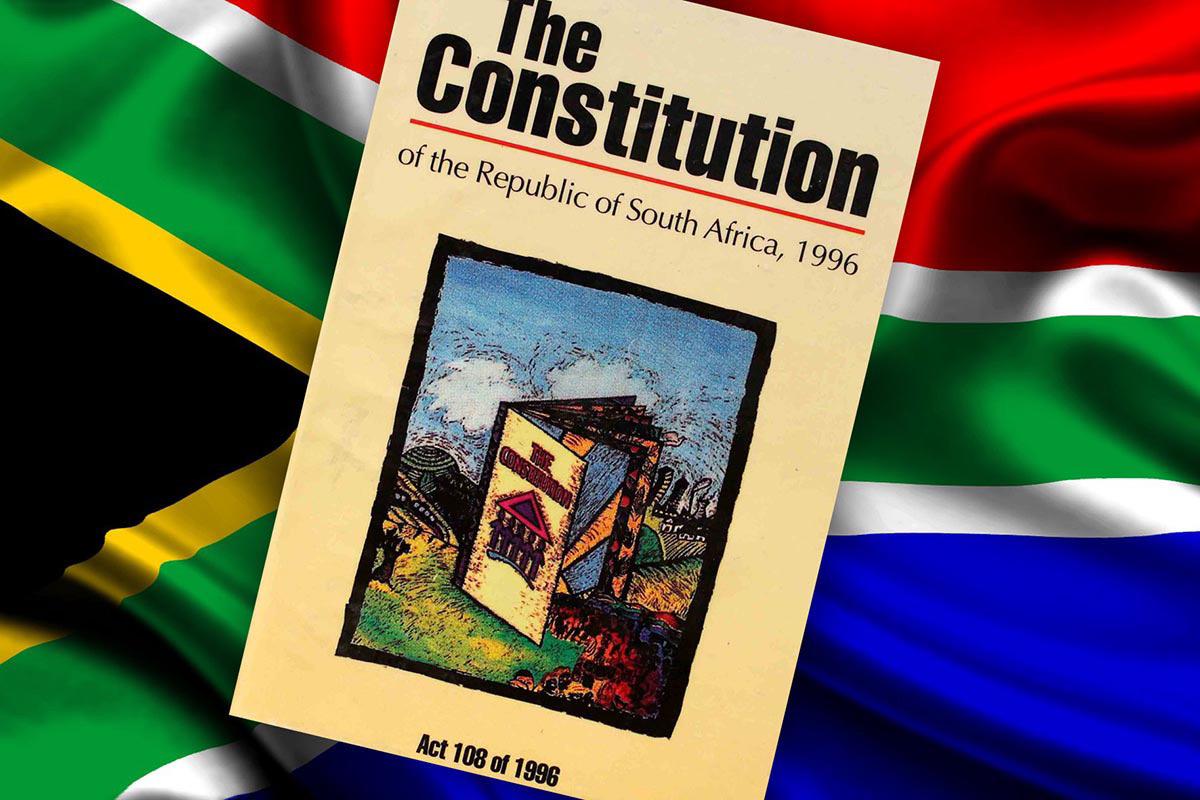
does matter. It’s not uncommon to hear arguments, even from influential activists and commentators, about South Africa not needing a defence force at all, and somehow following Costa Rica in having none, as though this was merely a question of policy. It’s not, it’s a settled question. However, the ongoing question of policy is the question of how well we can balance spending, capabilities, and competing priorities to best fulfil this goal.
This establishes the fundamental obligation for South Africa’s military to have the size, strength, and capability to protect the country and its territorial integrity while performing those additional roles. This may seem a trivial or obvious thing, but it really
The way governments decide on that policy is through White Papers and Defence Reviews, with South Africa’s most consequential ones being the 1996 White Paper on Defence and the 1998 Defence Review.
These were remarkable in that, for the first time in the country’s history, they were opened up for participation from the public and civil society organisations.
Extensive use was also made of war gaming and scenario building, modelling what threats the country might face in the next 25 to 30 years, what mixture of forces would be most cost-effective, and what scenarios were most likely.
What emerged was a consensus that emphasised the need to focus on the country’s socio-economic and human security issues first and foremost, keeping military spending relatively low, while still recognising that the Southern African region would in time face pressures and challenges that meant inter-state conventional conflict could not be ruled out.
allies, or a key economic interest like the Cahora Bassa hydroelectric power station, might be threatened in a way that required a military response.
So even as it was decided to severely downscale South Africa’s purely conventional defence capabilities to keep costs reasonable and take advantage of the post-1990 peace dividend, it was necessary to preserve a ‘core force’ of capabilities able to handle unforeseen flare ups and form a foundation from which a more substantial force could be grown if new threats arose in the region.

In essence, South Africa would be foolish to trust that its neighbours, or neighbours of neighbours, would remain peaceful and never attempt to use military force to achieve their aims. Or that one of the country’s
That’s where the war gaming and scenario building came in, to determine what the absolute bare minimum in conventional capabilities might look like to meet the country’s day-to-day needs in terms of security, control
of its territory, and support for limited operations abroad, while remaining affordable. In all, hundreds of scenarios were simulated in war games, ranging from responding to a surprise air attack to providing protection to peacekeeping forces attacked while deployed in another country.
It soon became clear that having modern combat fighter aircraft was a necessary element of any future force, as they had substantial utility in nearly every scenario and were a required element for success in a large number of situations.
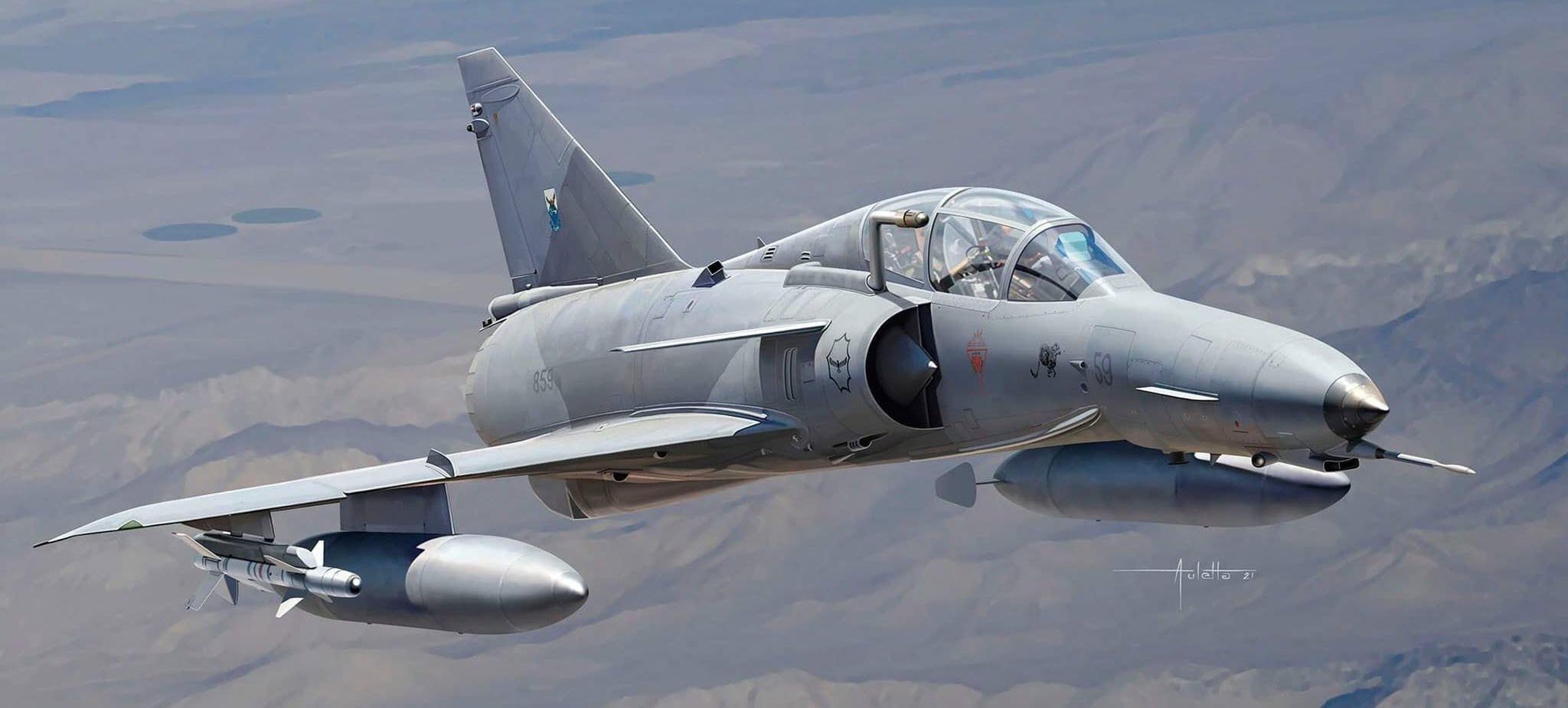
For instance, defence of the country’s airspace requires fighter aircraft. There is no alternative. While ground-based air defence systems can provide some level of protection, South Africa’s territory is so vast that an impossibly large number of theatre-scale air defence systems, essentially in the same class as the Patriot, SAMP/T, or S-300/S-400, would be needed all over the country. And given that those systems cost about US$400 million per battery and US$2-6 million per missile, they’re substantially costlier than one or two squadrons of fighters.
It was also clear that a fighter aircraft capability could not be abandoned and then established only when absolutely needed, because it takes years and years and immense expense to build one from scratch. With an average lead time of three to five years to deliver fighter aircraft from the date they’re ordered and it taking on average seven years to train up new fighter pilots to just a basic level of competence, re-establishing this capability once lost would realistically take no less than ten years and probably around fifteen for full proficiency.
That’s far too slow to respond to any looming threat. Preserving the capability on an ongoing basis is also not that costly in relative terms, and certainly cheaper than the potential damage that could be caused by needing the capability and not having it.
THE FOLLOWING MORNING after a decent breakfast, we made our way to Bangui airport, hoping to find an aircraft engineer who could check the faulty nose wheel.
We were guided to the local aero club, which was a table under a huge wild fig tree in front of a small hangar. We were introduced to François, a small, wizened man in filthy dungarees, with a shock of white hair and bushy eyebrows which appeared to have a life of their own.
He did not speak English and of course, neither Ashraf nor I spoke any French.
Fortunately, he possessed the ability to communicate through means of sign language. Whenever he got excited, his eyebrows would wiggle up and down furiously and he’d shout “Oui, oui…. oui, oui”
We led him to N2486T and by means of hand gestures
and diagrams, he seemed to understand our problem.
Ashraf and François crawled under the nose wheel. Neither could see anything visibly wrong, so François suggested that he remove the nose wheel completely to inspect it thoroughly.
We taxied the aircraft to the little hangar in which languished the dusty remains of a C172. Every square inch of the hangar floor was littered with tools and a disparate collection of spare parts.
Following yesterday’s rain, it was humid and the sun was beating down relentlessly. We gratefully accepted cold beers and squatted in the shade of the giant tree.
François set to work clearing space and setting up the jacks. It was discovered that the nose gear trunnion was slightly bent. We figured that this must have happened
Laura McDermid continues her stories of Iris McCallum’s flying exploits.
We had survived our slow flight from Lagos to Bangui due to the nosewheel malfunction and the huge line of thunderstorms we had to get through.
I was not Ashraf’s concubine.
when the Nigerian military towed the Navion to their zone after it had landed in Lagos without the necessary paperwork. They must’ve pulled it by the nose wheel instead of by its towing lugs.
François managed to communicate with us that he’d have to go to downtown Bangui to find a replacement for the damaged trunnion.

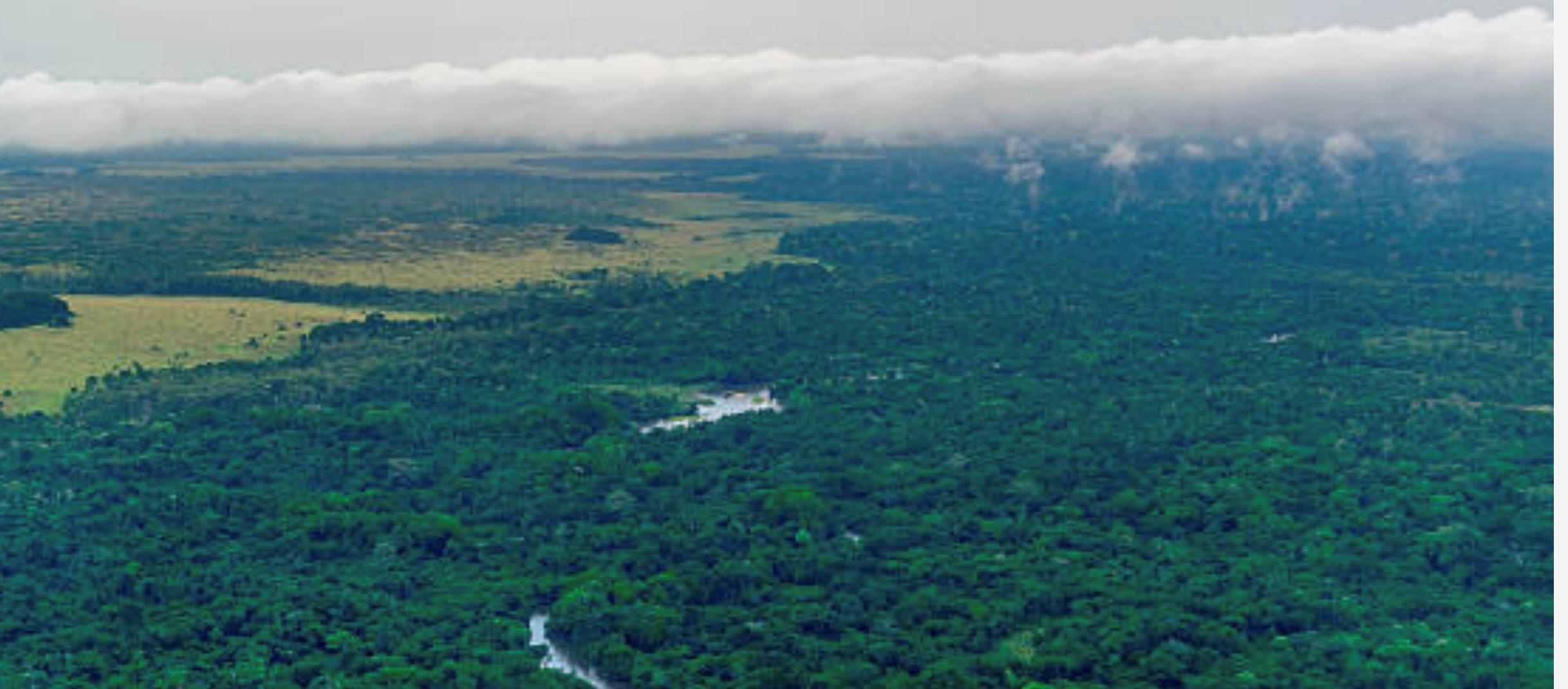
We decided that the little Aero Club was peaceful and more to our taste than the busy hotel, so we settled down with another round of Mocafs.
The previous evening at the communal dining table at the hotel, we had been involved in a few interesting conversations about how much freedom women should be allowed and how many wives a real man should have. Some Somali hotel guests had developed an unhealthy fascination that an Indian man and a white woman were travelling together, and I really did not feel up to explaining that I was not Ashraf’s slave or concubine.
François returned in time for a sundowner, proudly holding up his purchase. “Hey François, did you find a trunnion?” I asked.
He smiled mischievously, shrugging his shoulders to indicate ‘maybe’, his eyebrows wriggling in delight.
François had found a very good replacement in the form of a VW shock absorber with a housing to protect it.
It was too late in the day to begin work, so we celebrated with another round of beers.
By now the Bangui M’Poko Aero Club had become our second home and we were back early the following day. François and Ashraf had successfully managed to attach the VW part and housing. The aircraft was still on jacks and by midday everything was working without a hitch. The nosewheel performed perfectly every time the gear was selected ‘up’.
We decided that we would leave for Nairobi the following morning. We spent the remainder of the day paying landing and parking fees, refuelling, and filing a flight plan from Bangui M’Poko to Wilson Airport in Nairobi.
We settled our debt with François, confirming our success and unending friendship with a few more Mocafs.
We took off from Bangui on 4 May at 0500Z, again
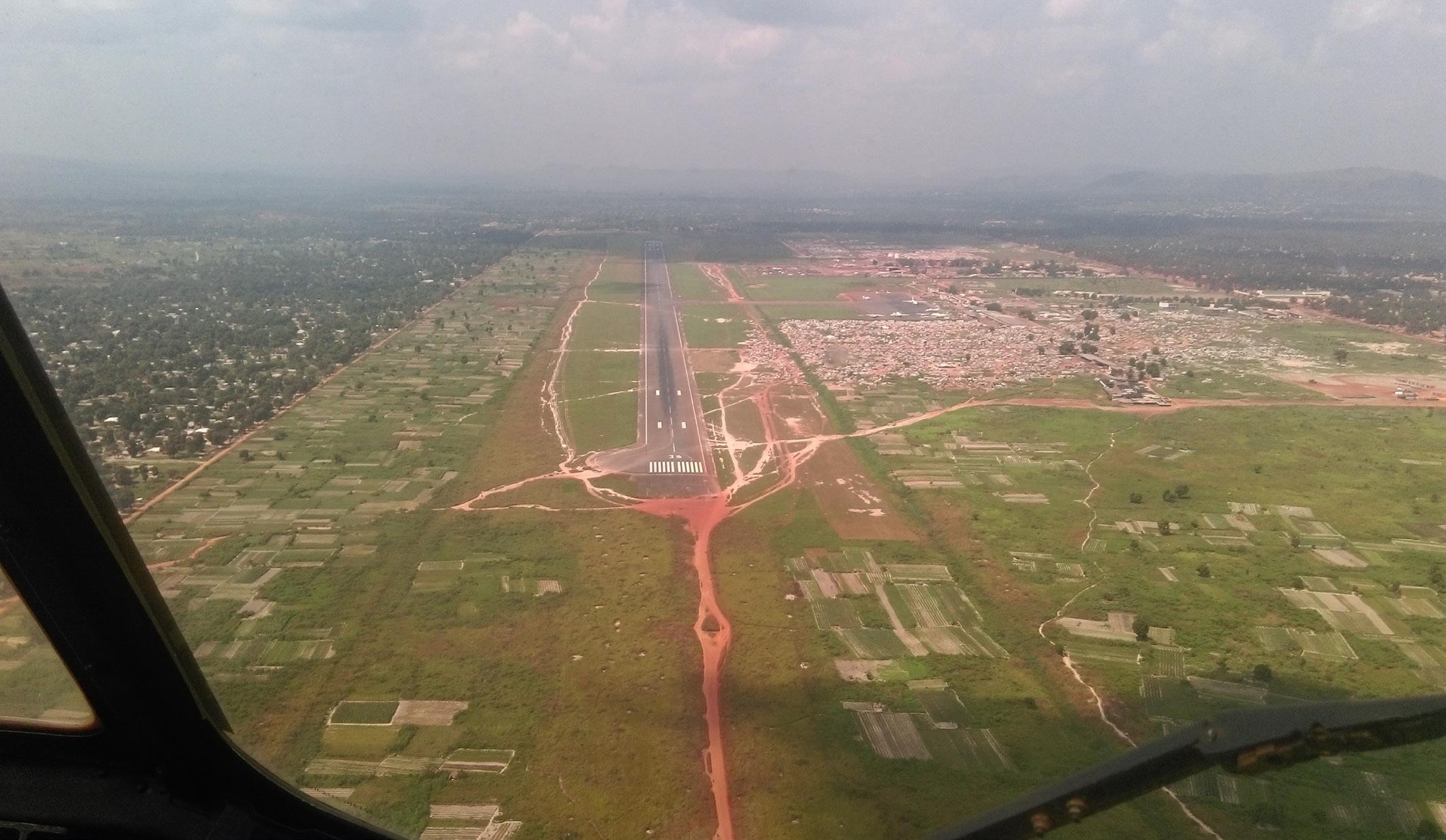
allowing for a longer takeoff roll than usual. It was my turn to be PIC and I’m relieved to see no red light!
Our flight plan out of Bangui was IFR, routing overhead Buta Zega Airport in the DRC, direct to Entebbe in Uganda, and straight on to Nairobi.
We are finally cruising at our nominated speed of 150 ktas, unhampered by mechanical issues or bad weather.
Soon we leave the Central African Republic behind
Approach for runway 34 Bengui International Airport. Ashraf Khan.

and reach the DRC, which would take most of the day to cross. We are flying over pristine forests, untouched by man’s avarice. These rain forests are the lungs of the world and I can’t help being moved by the magnificence of this tropical basin that extends for 3 million square kilometres.
The dense forest canopies are home to a myriad of exotic species such as the peculiar okapi with its stripy legs and prehensile lip. I picture neon butterflies flitting through the branches of giant mahogany trees whilst gorillas forage amongst lush ferns.
However, the further southeast we fly, the more the forest slowly diminishes, replaced with rural plots and farms. I am struck by how much of the forest has already been depleted and am saddened by what our so-called ‘superior’ species has done to this magnificent continent.
We were heading into familiar territory now, Rwanda, Burundi, and the Ruwenzori mountains – ‘The Mountains of the Moon’ as they were christened in 1889. These mystical mountains were thought by early travellers to be the source of the Nile.
Then we are overhead Entebbe. We are on the home run and both looking forward to getting home. Finally, we were handed over to Nairobi on 118.50.
We landed on home ground at 15h00Z, glad to be home. We had survived an amazing trip and experienced so much.
We left the Navion in the care of CMC aviation, for John Hall to collect. A few days later I wrote a comprehensive report of our trip and advised him to source the correct part for the nose wheel trunnion, emphasising that ours was a temporary fix.
The magnitude of the devastation cannot be appreciated until viewed from the air. Bald red patches encroach on areas that were once home to majestic trees which have been cut down to make room for palm trees, rubber trees and sugar cane.
Several weeks later, I heard that when John Hall was taking off from their ranch in Nanyuki, as the plane was building speed the entire nose wheel sheared off and was flung 30 metres into the bush. The Navion was found with its propellor buried in the ground and its tail sticking up in the air like a proverbial ostrich with its head in the sand.
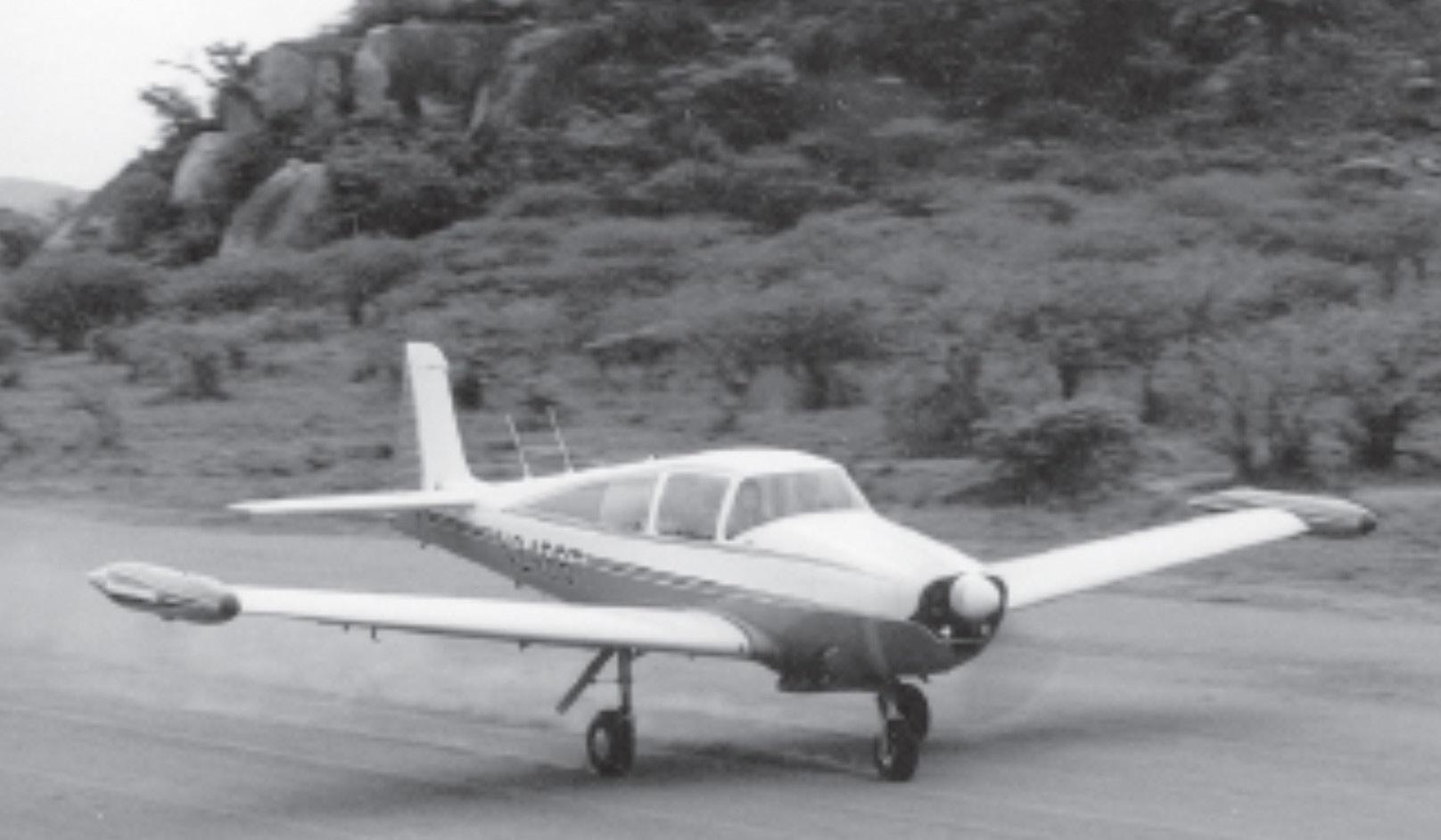
The Hall’s arranged for a pilot and an engineer to bring a new propeller from Nairobi, and after fitting it, the pilot flew the aircraft to Wilson Airport to repair the rest.
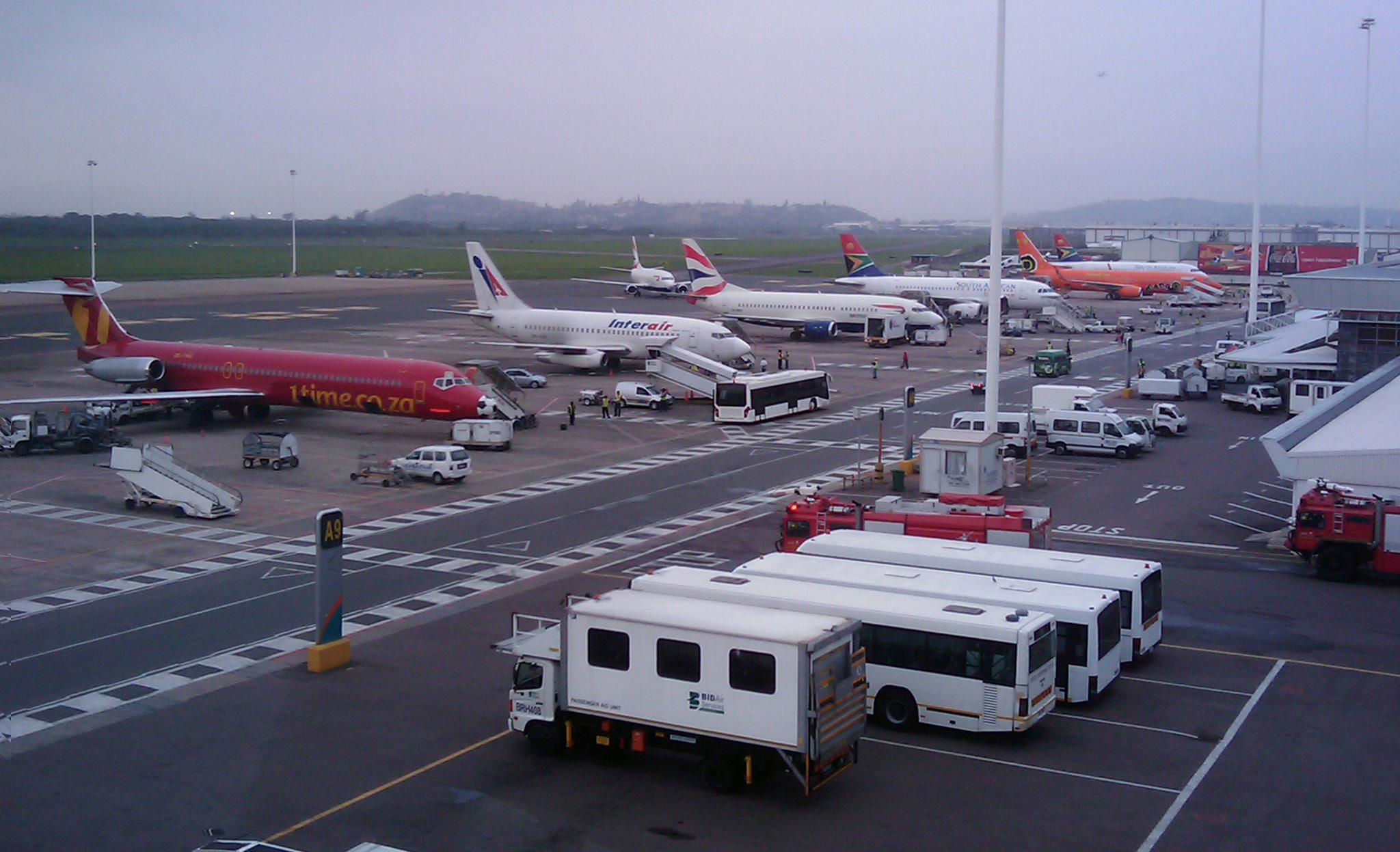
They were fortunate that the damage was not as bad as they had originally anticipated, but they either ignored my advice or had never read the report that I had sent. The poor guy seemed to have bad luck when it came to aeroplanes.
I returned Johnathan’s King Radio and Trimble Trimpack. Without these the outcome may have been very different. There would have been no communication in the thunderstorm and no VOR or ILS guidance whilst attempting to land in pitch darkness in Bangui.
As good as we are at our jobs, I wouldn’t be telling this story without the incredible generosity of the people who made it all happen.



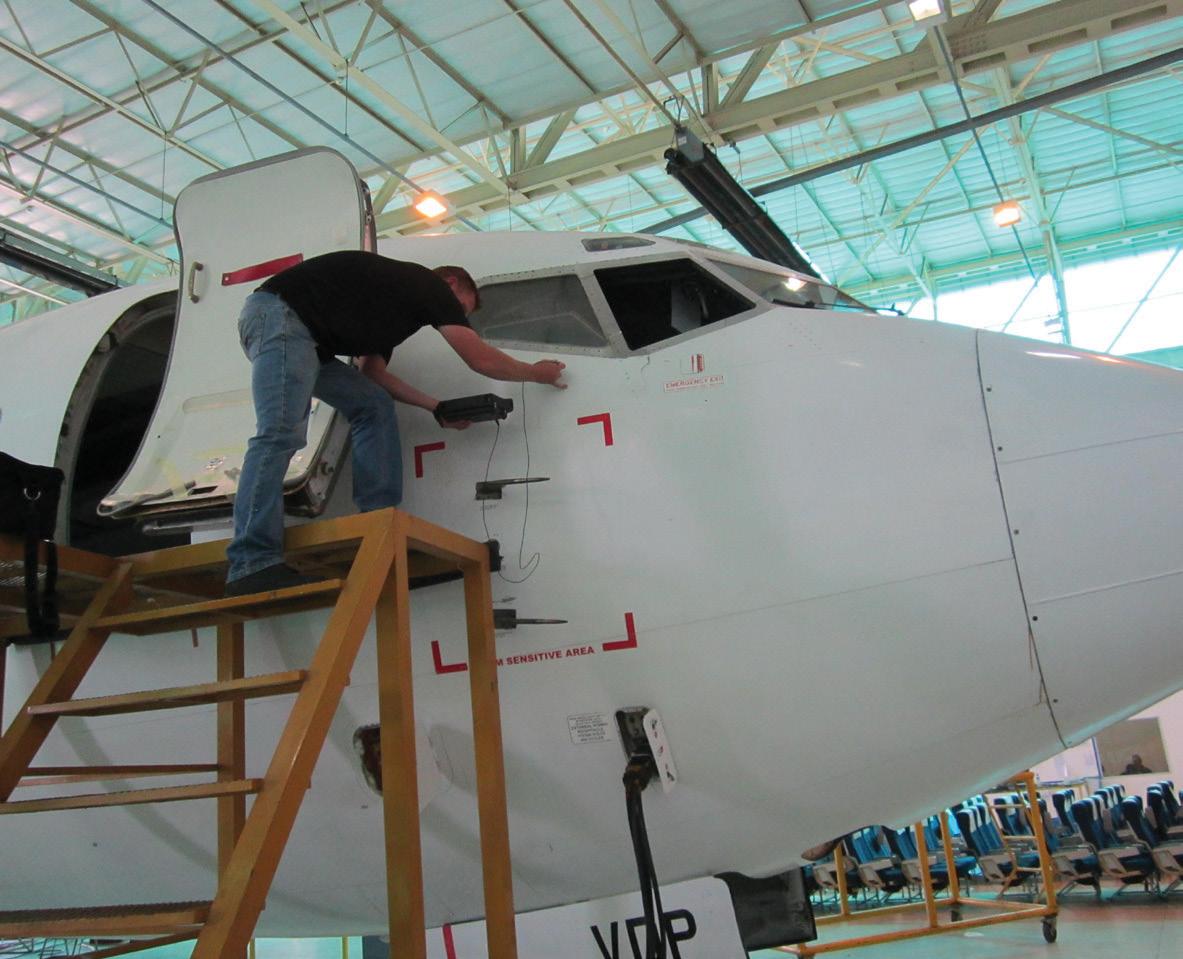

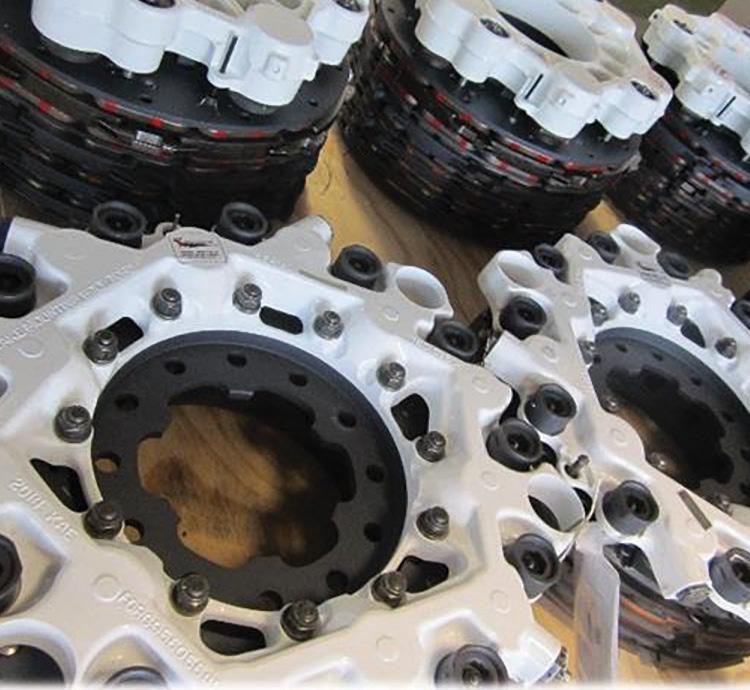
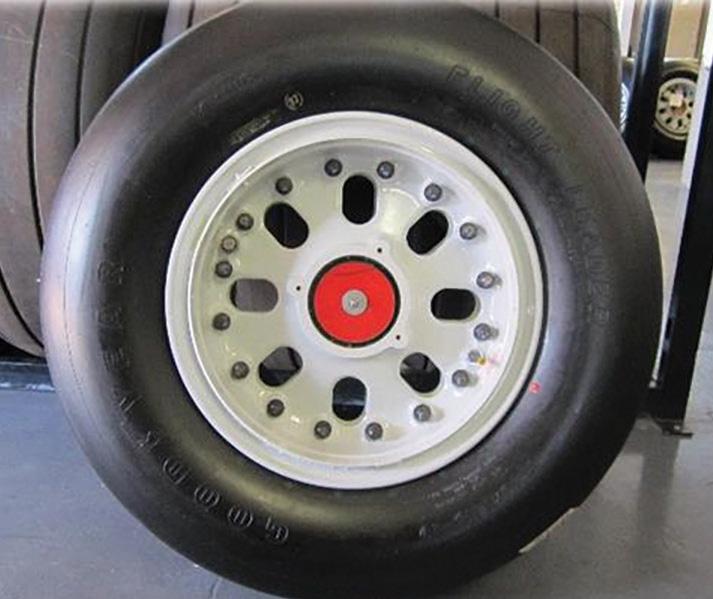
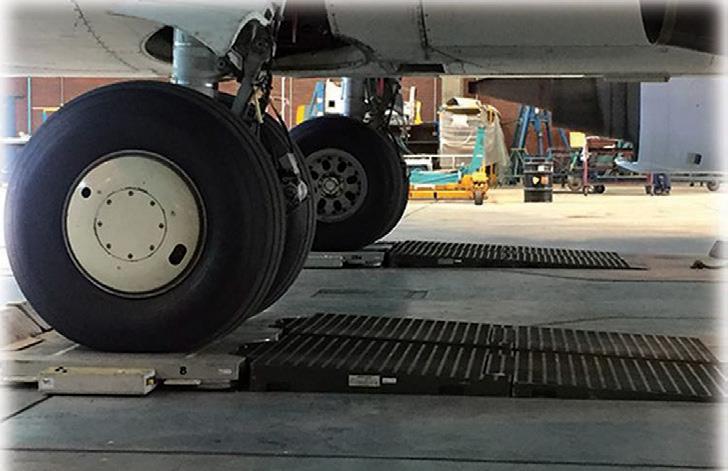
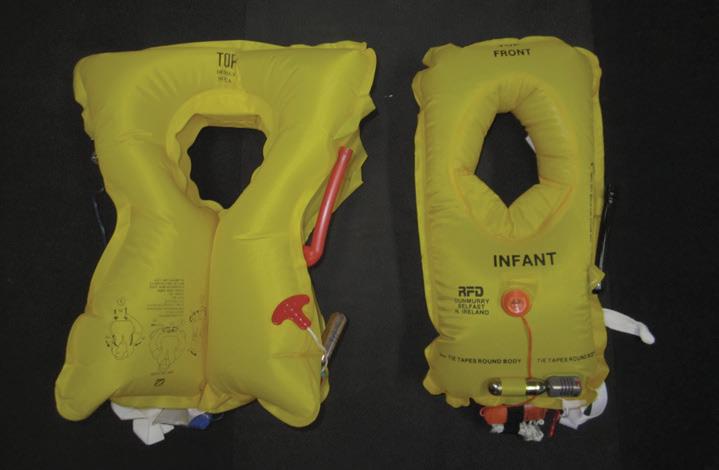
TOBACCO SALES WERE PROHIBITED
between 25 March and 17 August 2020 as part of the government’s response to the Covid-19 pandemic. In its entirety, the Beitbridge border stretches for 350-kilometres along a section of the Limpopo River that separates South Africa from Zimbabwe. Cross border informal businesses well established in Southern Africa are estimated to constitute 30 to 40 per cent of intra-regional trade.
Authorities estimate that around 30 percent of cigarettes sold in South Africa are smuggled from Zimbabwe. These include the Remington Gold, Pacific, Mega, Dullahs, Branson and Servilles brands. Mobile surveys reckon that during the ban between U$300 million U$500 million were lost in excise taxes on tobacco products while three hundred thousand jobs were lost.
Private security guards were deployed in an attempt to apprehend smugglers during Covid, that was until the mutilated body of a guard was thrown from a moving vehicle along a servitude road. Shortly after this the SA Government declared it to be illegal to have private security patrolling during curfew, stating that this job was the responsibility of the State security forces and police.
Several spots along the Limpopo river function as courier crossing points, while the ‘hyena’ men and the armed bandits are taking advantage of undocumented travellers, and State security (or border) officials help partially to secure their precarious enterprises, often for a ‘toll’ fee. Today, the hyena takes on a slightly evolved character, yet retaining a central role in assisted border crossings.
Smuggling of cigarettes, contraband, vehicles, humans and equipment to and from Zimbabwe into South Africa through illegal crossing points along the Limpopo River has become a normal daily business, but increased dramatically from the beginning of April 2020 when South African lockdown regulations banned cigarette sales.
HYENAS OF THE LIMPOPO
COVID ADVENTURE CONTINUES –
The highlight for me of course, was the freedom to pass unobstructed over forbidden Provincial Covid borders, crossing South Africa from its opposite points: from Cape Town to Pafuri.
The joy of landing and touching different lives, seeing different landscapes, birds and trees like they were all old friends, that at times during the lockdown I had wondered if I would ever see again. The privilege to witness an unmoving and silent landscape, as if I were the last remaining human on the Planet.

That was until reaching the Limpopo, where under cover of darkness, a thriving underworld comes to life.
During the entire flight from one end of the country to the other, there was not a single radio call from any other aircraft; a surreal experience passing Gauteng.
The contrast between the attitude and freedom of people’s lives trapped in the cities and towns to those living in game reserves was worlds apart. Everyone I met, from all walks of life had a common sentiment, that our government was using Covid to enrich themselves and force unreasonable control, combined with a hidden fear of the unknown consequences and truth with this virus.
To make this 2,500km trip possible, I have my own fuel in sealed 200lt drums safely positioned around South Africa. This luxury allowed me to bypass delays at airports where there would be little hope of refuelling, as well as to avoid all airports with CTRs.
Townships around big cities were unmoving, and as my helicopter’s shadow danced effortlessly over and between millions of tin shacks, my thoughts were heavy with despair for those trapped below. Minibus taxis lined empty streets and filled open spaces in a ramshackle manner and piles of garbage lay in heaps, plastic bags blown by the wind hung from trees and fences as a vile reminder of what

we humans have become. It was a stark contrast to the forests and lawns of Newlands and Rondebosch.
As terrible as that lockdown was, part of me rejoiced for the natural world to have a chance to recover from the human onslaught and I dreaded the return of the chaotic pre-Covid world.
Ferrying a helicopter is a slow and uncomfortable business. You are alone with your thoughts, with a sense of peace, and time feels like it stands still. The pain in your lower back and bum from the utter discomfort of a Bell 206 seat remains one of life’s mysteries. How was it possible to design such an amazing machine and completely bypass any concept of how a human is supposed to sit in it without needing a wheelchair after two and a half hours of flight? But the positive is that the pain is what keeps the pilot awake to enjoy the world below as it opens up like a book, revealing its hidden places.
Flying away from the safe haven of my little house after being so set into a routine of near confinement seemed a bit scary. What lay north of the mountains, far away? What obstacles would complicate the journey?
The curiosity and excitement of escape put me on a Red Bull high. I did wonder though, if for some reason I became stuck in the middle of nowhere with a mechanical snag, how would I get help? My AMO assured me that they would ‘make a plan’ but that did not inspire confidence.
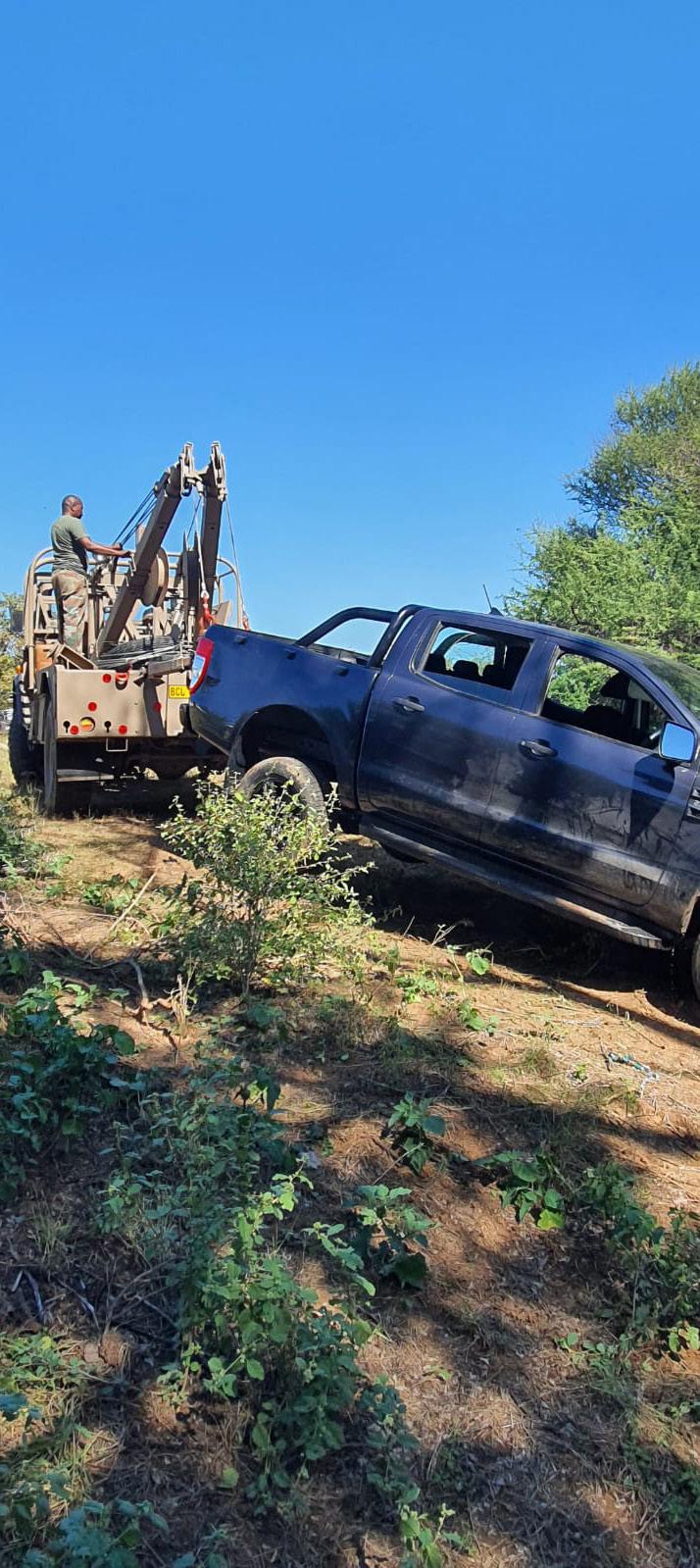
GL: Has Covid and finance defaults made it harder for sub-Saharan African airlines to finance aircraft?
JG: The Covid pandemic and associated fear has certainly damaged the industry on a global scale and we have seen many airlines failing, especially in jurisdictions where no support from government was received by the industry. The demise of so many airlines in a short period has negatively impacted on the risk rating of airlines in general which results in the reduced credit worthiness of airlines. But this is not unique to the African continent.
The accepted norm has been 50% for a number of years and it works well. In the current markets it might be attractive to lease more aircraft as there are very attractive lease opportunities available due to many aircraft having been returned to lessors as a result of the difficult market conditions caused by Covid. It might be worthwhile to lease more than 50% of your fleet in the short term, however airlines should be careful not to lose the benefits of owning some aircraft and having a substantive balance sheet.
GL: Do lenders prefer state-owned airlines to private ones?
GL: Does African aircraft finance have its own unique challenges – if so, what are they?
JG: No, African aircraft finance does not have unique challenges. Challenges which we see on the African continent are the same the world over: Sovereign risk, low capitalisation, continuity in management and shareholder support.
JG: There is no preference; lenders prefer certainty, continuity and shareholder support, all backed by a healthy balance sheet.
GL: Would you like to see a higher ratification/ operationalisation of the Cape Town Convention (CTC)?
GL: What percentage of an airline’s fleet do you think should be leased?
JG: Full ratification of the CTC would certainly be beneficial to the country and citizens as it will allow a reduced premium when Export Credit Agency (ECA) backed funding is raised on new aircraft, and
furthermore provides certainly to lenders as to the legal process, especially in the event where an aircraft need to be repossessed.
GL: Does the CTC unfairly favour the original equipment manufacturers (OEM) and lessors at the expense of other creditors?
JG: No, it does not favour the OEM. In fact the OEMs do not benefit at all from the CTC. Once an aircraft is sold, it is sold. The CTC benefits airlines and passengers as it provides certainty on how the aircraft as secured assets under secured loans will be dealt with from a legal perspective in the event of a default and therefore more funding is available to airlines.
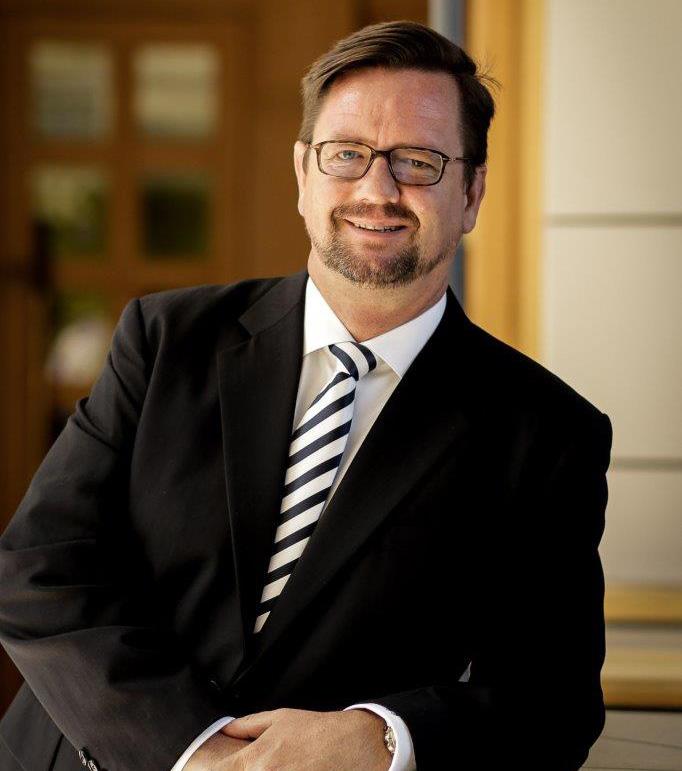
GL: Is the 6% expected African GDP growth ever going to happen?
JG: I am not an economist, but I am an optimist and I do believe if we all work hard and do more than what is expected of us, we might just make it happen.
GL: If the Single African Air Transport Market (SAATM) liberalisation made sub Saharan airlines even less viable/sustainable, that would be bad for the lenders – so you are opposed to open skies?
JG: No, I am not opposed to open skies. I don’t think that liberalisation makes airlines less viable, it has the opposite effect as it forces airlines to be more efficient in a more competitive environment providing passengers with more route options at more competitive pricing.
an air bridge. These entities are able to step in as Junior Lenders making it more attractive to Senior Lenders to provide aircraft finance.
GL: Has SAA emerged from business rescue as a lendable institution? Is it still creditworthy?
JG: Difficult question and definitely dependent on the outcome of the privatisation deal currently being implemented. The usual parameters such as capitalisation, revenue generation, operating efficiencies and affordable debt obligations will determine the credit worthiness.
GL: Are there new opportunities post Covid?
JG: Yes. We have seen a lot of start-up airlines emerge since traveling opened up again. This is due to many airlines restructuring their fleets in terms of the impact of the pandemic and therefore there are many attractive lease opportunities as well as buy opportunities available in the market.
The important points to remember in order to raise commercial funding are: A track record of several years; a steady cashflow stream; a solid sustainable business plan and a strong well capitalised balance sheet are all required.
GL: What are the current and future roles of the ECA banks likely to be?
JG: ECA funding remains a powerful funding instrument on the African continent as it can be used to credit enhance the weaker credits. With regards to the wider role of development banks such as Afrexim Bank and AFDB, aviation is clearly part of the infrastructure required on the African continent as it can be considered the same as building a bridge – just
A start-up cannot offer this and needs venture capital which is raised on the back of a sustainable business plan backed by strong management with the relevant track record which the investors can believe in and therefore invest. This is clearly more risky than commercial funding and therefore also requires a higher return. Costs and efficiencies are the most important factors to manage at all times as it will be difficult to find the required funds from investors.
THE FAA ORDERED BOEING to study the impact of pilot performance on a broader range of potential failures than had been agreed to previously. The FAA also repeated warnings from last month that Boeing had additional work to perform on safety analyses it submitted to the agency. “We request Boeing to review all of the catastrophic hazards” to ensure that potential actions by pilots had been taken into account, the FAA said.
The FAA notification is the latest indication that the process of approving the last two 737 Max models is behind schedule and that there are tensions between Boeing and its regulator. Earlier versions of the Max are in service, while others are awaiting certification.
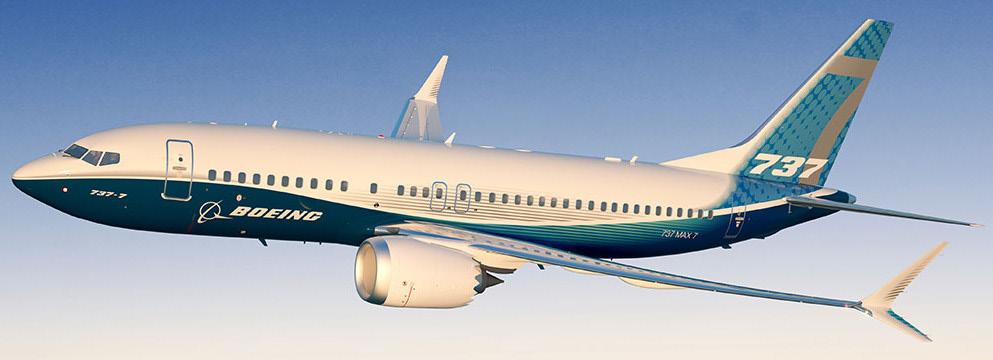
Once the original model in a family of airliners is approved, it has traditionally been relatively easy for later versions featuring nearly identical engines
and other systems to receive certification. But legal changes ordered by Congress after two fatal Max crashes in 2018 and 2019, combined with caution by FAA officials, have dramatically complicated work on the remaining Max approvals.
Last month, the FAA sent a letter to Boeing saying for the first time that the Max 7 was in danger of not being certified by the end of the year. Earlier this month, the regulator sent a letter saying it didn’t expect to conclude certification of the larger Max 10 until next summer.
Congress in a 2020 law passed in response to the Max crashes that said all new airliners must have modern alerting systems for emergencies, but gave Boeing two years to complete the process of certifying the remaining two Max jets.
asking more questions about
aircraft, increasing the likelihood that the company will be unable to complete the certification process by late December and have to undertake a costly redesign.
FLYSAFAIR HAS ANNOUNCED that, on the back of International Air Service Licencing Council Approvals, it will be operating flights from Cape Town and Johannesburg to Gaborone, Livingstone, Luanda, Lusaka, Maputo, and Victoria Falls. In addition, the airline has been approved for frequencies from Johannesburg to Bulawayo, Nairobi, and Seychelles, as well as between Cape Town and Windhoek. They are also hoping the pending application to fly to Zanzibar will be approved soon.
FlySafair says it has received approval to operate flights to 11 new destinations within the Southern African region, following a meeting of the Air Services Licensing Council of South Africa (ASLC).

Various bilateral agreements exist between South Africa and neighbouring countries which govern the
number of weekly flights that can be operated by different airlines in these markets. In South Africa these frequencies are awarded to airlines by the ASLC which is part of the Department of Transport, the group said.
Its application for routes between Johannesburg and Harare, Windhoek and Zanzibar and additional frequencies to Mauritius are still pending, says Kirby Gordon, chief marketing officer at FlySafair. “While this is a big milestone, there is still a fair amount of work ahead of us from an operational perspective,” he added.
The airline is growing strongly and like its competitors, Airlink and Cemair, is stepping into the gap in the regional airline market created by the collapse of SA Express and Comair.
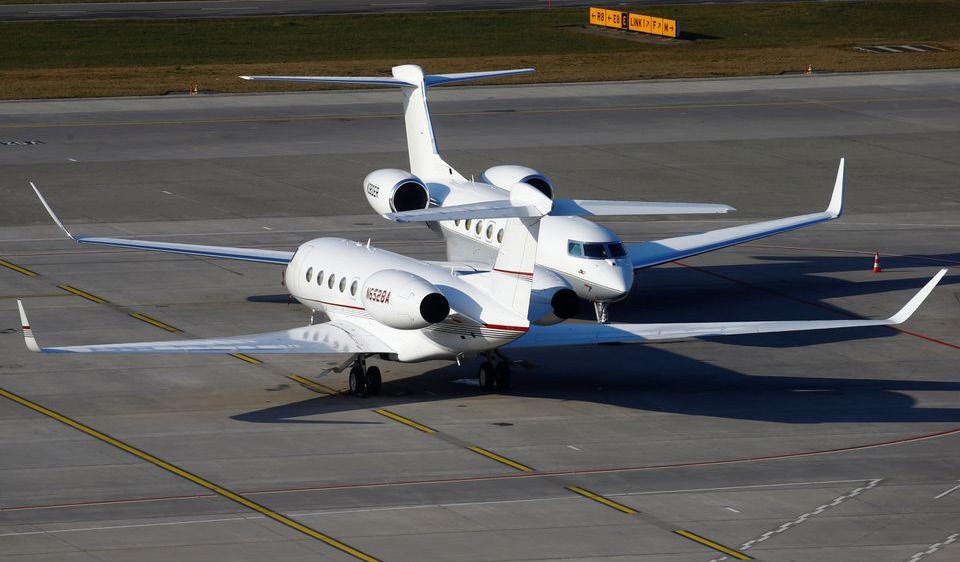
TRANSACTIONS CLOSED by IADA dealers
during the 2022 third quarter remained strong at 331 sales transactions, compared to 340 in the third quarter of 2021. Year-to-date IADA dealers have completed 929 deals, up even from the frantic pace set in 2021 with 869 transactions over the equivalent period. With over 60 percent of transactions in cash, global buyers and sellers seem somewhat immune to rising interest rates.
“Obviously, from the international perspective, stability in Europe and Asia are wildcards for the future, however used aircraft sales were strong in the third
quarter and the fourth quarter outlook is encouraging,” said newly installed IADA Chair Zipporah Marmor. Marmor is Vice President of Aircraft Transactions at ACASS, headquartered in Montreal, with offices in the U.S., Europe, Asia, India, and the Mideast/Africa.
Third quarter survey responses from IADA membership show a slight increase in supply while demand remains stable for the next six months in the markets for turboprops and light, mid-size, and ultralong-range jets. Pricing across all aircraft categories is also projected to be steady.
International Aircraft Dealers Association’s 2022 Third Quarter Market Report documents a flourishing resale market for business aircraft with a balanced outlook for the next six months.

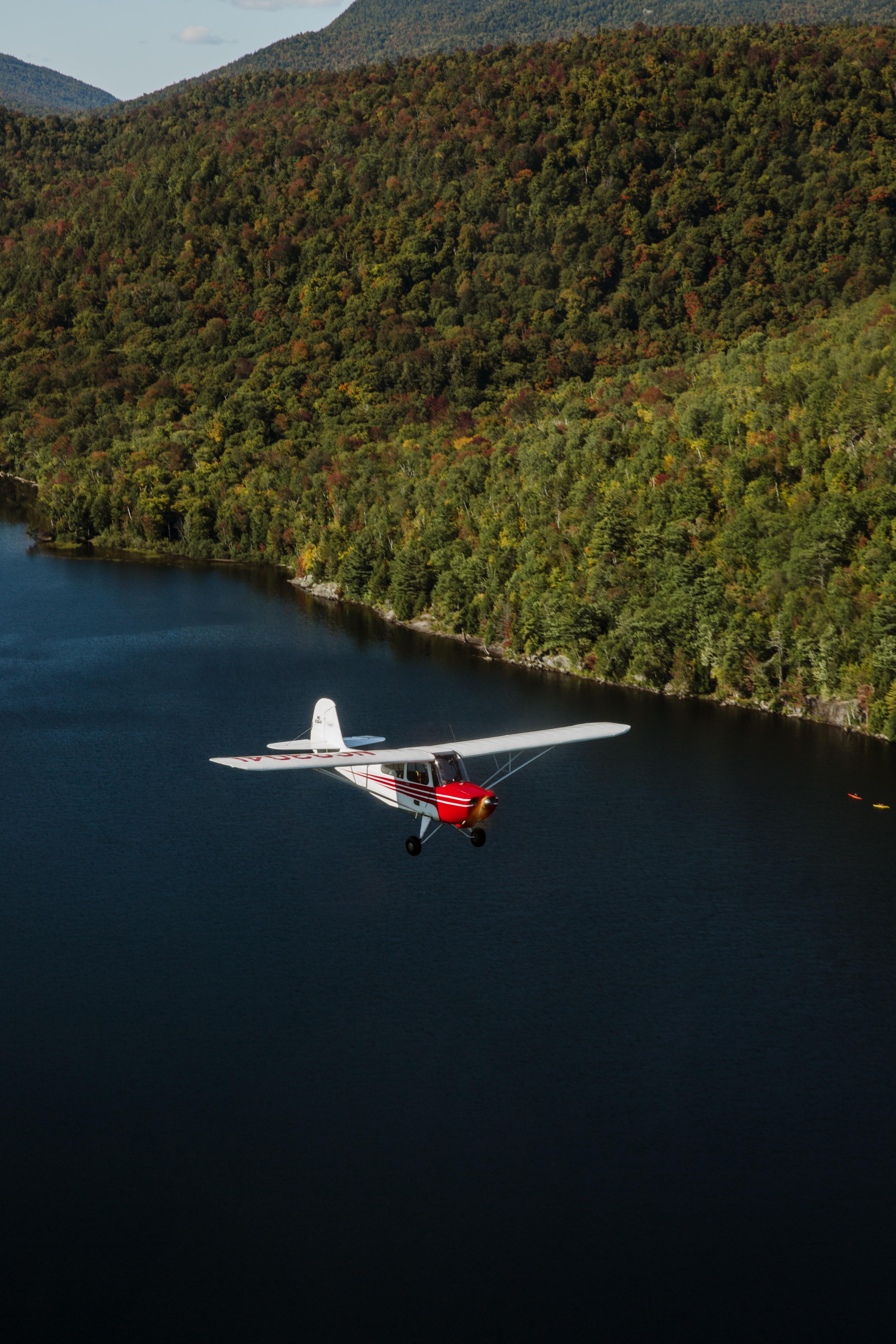



A1A Flight Examiner (Loutzavia)
Jannie Loutzis 012 567 6775 / 082 416 4069 jannie@loutzavia.co.za www.loutzavia.co.za
Adventure Air Lande Milne 012 543 3196 / Cell: 066 4727 848 l.milne@venture-sa.co.za www.ventureglobal.biz
AES (Cape Town) Erwin Erasmus 082 494 3722 erwin@aeroelectrical.co.za www.aeroelectrical.co.za
AES (Johannesburg) Danie van Wyk 011 701 3200 office@aeroelectrical.co.za www.aeroelectrical.co.za
Aerocore Jacques Podde 082 565 2330 jacques@aerocore.co.za www.aerocore.co.za
Aero Engineering & PowerPlant Andre Labuschagne012 543 0948 aeroeng@iafrica.com
Aero Services (Pty) LtdChris Scott 011 395 3587 chris@aeroservices.co.za www.aeroservices.co.za
Aeronav AcademyDonald O’Connor 011 701 3862 info@aeronav.co.za www.aeronav.co.za
Aeronautical Aviation Clinton Carroll 011 659 1033 / 083 459 6279 clinton@aeronautical.co.za www.aeronautical.co.za
Aerotric (Pty) LtdRichard Small 083 488 4535 aerotric@aol.com
Aircraft Assembly and Upholstery Centre Tony/Siggi Bailes 082 552 6467 anthony@rvaircraft.co.za www.rvaircraft.co.za
Aircraft Finance Corporation & Leasing Jaco Pietersen +27 [0]82 672 2262
jaco@airfincorp.co.za Jason Seymour+27 [0]82 326 0147 jason@airfincorp.co.za www.airfincorp.co.za
Aircraft General Spares Eric or Hayley084 587 6414 or 067 154 2147 eric@acgs.co.za or hayley@acgs.co.za www.acgs.co.za
Aircraft Maintenance @ Work Opelo / Frik012 567 3443
frik@aviationatwork.co.za_ opelonke@aviationatwork.co.za
Aircraft Maintenance International Pine Pienaar 083 305 0605
gm@aminternational.co.za
Aircraft Maintenance International Wonderboom Thomas Nel 082 444 7996 admin@aminternational.co.za
Air Line Pilots’ Association Sonia Ferreira 011 394 5310 alpagm@iafrica.com www.alpa.co.za
Airshift Aircraft Sales Eugene du Plessis082 800 3094 eugene@airshift.co.za www.airshift.co.za
Airvan Africa Patrick Hanly082 565 8864 airvan@border.co.za www.airvan.co.za
Algoa Flying Club Sharon Mugridge041 581 3274 info@algoafc.co.za www.algoafc.co.za
Alpha One Aviation Opelo 082 301 9977 on@alphaoneaviation.co.za www.alphaoneaviation.co.za
Alpi Aviation SADale De Klerk 082 556 3592 dale@alpiaviation.co.za www.alpiaviation.co.za
Apco (Ptyd) Ltd Tony/Henk + 27 12 543 0775 apcosupport@mweb.co.za www.apcosa.co.za
Aref Avionics Hannes Roodt 082 462 2724 arefavionics@border.co.za
Atlas Aviation Lubricants Steve Cloete 011 917 4220 Fax: 011 917 2100 sales.aviation@atlasoil.co.za www.atlasaviation.co.za
ATNS Percy Morokane011 607 1234 percymo@atns.co.za www.atns.com
Aviation Direct Andrea Antel 011 465 2669 info@aviationdirect.co.za www.aviationdirect.co.za
BAC Aviation AMO 115 Micky Joss 035 797 3610 monicad@bacmaintenance.co.za
Blackhawk Africa Cisca de Lange083 514 8532 cisca@blackhawk.aero www.blackhawk.aero
Blue Chip Flight School Henk Kraaij012 543 3050 bluechip@bluechip-avia.co.za www.bluechipflightschool.co.za
Border Aviation Club & Flight School Liz Gous 043 736 6181 admin@borderaviation.co.za www.borderaviation.co.za
Breytech Aviation cc 012 567 3139 Willie Breytenbach admin@breytech.co.za
Bundu Aviation Phillip Cronje083 485 2427 info@bunduaviation.co.za www.bunduaviation.co.za
Celeste Sani Pak & Inflight Products Steve Harris 011 452 2456 admin@chemline.co.za www.chemline.co.za
Cape Aircraft InteriorsSarel Schutte 021 934 9499 michael@wcaeromarine.co.za www.zscai.co.za
Cape Town Flying Club Beverley Combrink021 934 0257 / 082 821 9013 info@capetownflyingclub.co.za www.@capetownflyingclub.co.za
Century Avionics cc Carin van Zyl011 701 3244 sales@centuryavionics.co.za www.centuryavionics.co.za
Chemetall Wayne Claassens011 914 2500 wayne.claassens@basf.com www.chemetall.com
Chem-Line Aviation & Celeste Products
Steve Harris 011 452 2456 sales@chemline.co.za www.chemline.co.za
Comporob Composite Repair & ManufactureFelix Robertson 072 940 4447 083 265 3602 comporob@lantic.net www.comporob.co.za
Corporate-Aviators/Affordable Jet SalesMike Helm 082 442 6239 corporate-aviators@iafrica.com www.corporate-aviators.com
C. W. Price & Co Kelvin L. Price 011 805 4720 cwp@cwprice.co.za www.cwprice.co.za
Dart Aeronautical Jaco Kelly011 827 8204 dartaero@mweb.co.za
Dart Aircraft Electrical Mathew Joubert 011 827 0371
Dartaircraftelectrical@gmail.com www.dartaero.co.za
DJA Aviation Insurance 011 463 5550 0800Flying mail@dja-aviation.co.za www.dja-aviation.co.za
Dynamic PropellersAndries Visser 011 824 5057 082 445 4496 andries@dynamicpropeller.co.za www.dynamicpropellers.co.za
Eagle Aviation Helicopter Division Tamryn van Staden082 657 6414 tamryn@eaglehelicopter.co.za www.eaglehelicopter.co.za
Eagle Flight AcademyMr D. J. Lubbe 082 557 6429 training@eagleflight.co.za www.eagleflight.co.za
Elite Aviation Academy Jacques Podde 082 565 2330 info@eliteaa.co.za www.eliteaa.co.za
Enstrom/MD HelicoptersAndrew Widdall 011 397 6260 aerosa@safomar.co.za www.safomar.co.za
Era Flug Flight TrainingPierre Le Riche 021 934 7431 info@era-flug.com www.era-flug.com
Execujet Africa 011 516 2300 enquiries@execujet.co.za www.execujet.com
Federal Air Rachel Muir 011 395 9000 shuttle@fedair.com www.fedair.com
Ferry Flights int.inc.Michael (Mick) Schittenhelm 082 442 6239 ferryflights@ferry-flights.com www.ferry-flights.com
Fireblade Aviation 010 595 3920 info@firebladeaviation.com www.firebladeaviation.com
Flight Training CollegeCornell Morton 044 876 9055 ftc@flighttrainning.co.za www.flighttraining.co.za
Flight Training ServicesAmanda Pearce 011 805 9015/6 amanda@fts.co.za www.fts.co.za
Fly Jetstream Aviation Henk Kraaij 083 279 7853 charter@flyjetstream.co.za www.flyjetstream.co.za
Flying Frontiers Craig Lang082 459 0760 CraigL@fairfield.co.za www.flyingfrontiers.com
Flying Unlimited Flight School (Pty) Ltd Riaan Struwig082 653 7504 / 086 770 8376 riaan@ppg.co.za www.ppg.co.za
Foster Aero International Dudley Foster 011 659 2533 info@fosteraero.co.za www.fosteraero.co.za
Gemair Andries Venter 011 701 2653 / 082 905 5760 andries@gemair.co.za
GIB Aviation Insurance Brokers Richard Turner 011 483 1212 aviation@gib.co.za www.gib.co.za
Guardian Air 011 701 3011 082 521 2394 ops@guardianair.co.za www.guardianair.co.za
Heli-Afrique cc Tino Conceicao 083 458 2172 tino.conceicao@heli-afrique.co.za
Henley Air Andre Coetzee 011 827 5503 andre@henleyair.co.za www.henleyair.co.za
Hover Dynamics Phillip Cope074 231 2964 info@hover.co.za www.hover.co.za
Indigo Helicopters Gerhard Kleynhans082 927 4031 / 086 528 4234 veroeschka@indigohelicopters.co.za www.indigohelicopters.co.za
IndigoSat South Africa - Aircraft TrackingGareth Willers 08600 22 121 sales@indigosat.co.za www.indigosat.co.za
Integrated Avionic SolutionsGert van Niekerk 082 831 5032 gert@iasafrica.co.za www.iasafrica.co.za
International Flight Clearances Steve Wright076 983 1089 (24 Hrs) flightops@flyifc.co.za www.flyifc.co.za
Investment Aircraft Quinton Warne 082 806 5193 aviation@lantic.net www.investmentaircraft.com
Jabiru Aircraft Len Alford 044 876 9991 / 044 876 9993 info@jabiru.co.za www.jabiru.co.za
Jim Davis Books Jim Davis 072 188 6484 jim@border.co.za www.jimdavis.co.za
Joc Air T/A The Propeller ShopAiden O’Mahony011 701 3114 jocprop@iafrica.com
Kishugu Aviation+27 13 741 6400 comms@kishugu.com www.kishugu.com/kishugu-aviation
Kit Planes for Africa Stefan Coetzee 013 793 7013 info@saplanes.co.za www.saplanes.co.za
Kzn Aviation (Pty) LtdMelanie Jordaan 031 564 6215 mel@kznaviation.co.za www.kznaviation.co.za
Lanseria Aircraft Interiors Francois Denton 011 659 1962 / 076 810 9751 francois@aircraftcompletions.co.za
Lanseria International Airport Mike Christoph 011 367 0300 mikec@lanseria.co.za www.lanseria.co.za
Legend Sky083 860 5225 / 086 600 7285 info@legendssky.co.za www.legendsky.co.za
Litson & Associates (Pty) Ltd OGP, BARS, Resources Auditing & Aviation Training karen.litson@litson.co.za Phone: 27 (0) 21 8517187 www.litson.co.za
Litson & Associates Risk Management Services (Pty) Ltd. eSMS-S/eTENDER/ eREPORT/Advisory Serviceskaren.litson@litson.co.za Phone: 27 (0) 8517187 www.litson.co.za
Loutzavia Aircraft Sales Henry Miles 082 966 0911 henry@loutzavia.co.za www.loutzavia.co.za
Loutzavia Flight TrainingGerhardt Botha 012 567 6775 ops@loutzavia.co.za www.loutzavia.co.za
Loutzavia-Pilots and Planes Maria Loutzis 012 567 6775 maria@loutzavia.co.za www.pilotsnplanes.co.za
Loutzavia Rand Frans Pretorius 011 824 3804 rand@loutzavia.co.za www@loutzavia.co.za
Lowveld Aero Club Pugs Steyn013 741 3636 Flynow@lac.co.za
Marshall EagleLes Lebenon 011 958 1567 les@marshalleagle.co.za www.marshalleagle.co.za
Maverick Air Charters Chad Clark 083 292 2270 Charters@maverickair.co.za www.maverickair.co.za
MCC Aviation Pty Ltd Claude Oberholzer 011 701 2332 info@flymcc.co.za www.flymcc.co.za
MH Aviation Services (Pty) Ltd Marc Pienaar 011 609 0123 / 082 940 5437 customerrelations@mhaviation.co.za www.mhaviation.co.za
M and N Acoustic Services cc Martin de Beer 012 689 2007/8 calservice@mweb.co.za
Metropolitan Aviation (Pty) Ltd Gert Mouton 082 458 3736 herenbus@gmail.com
Money Aviation Angus Money083 263 2934 angus@moneyaviation.co.za www.moneyaviation.co.za
MS Aviation Gary Templeton 082 563 9639 gary.templeton@msaviation.co.za www.msaviation.co.za
North East Avionics Keith Robertson +27 13 741 2986 keith@northeastavionics.co.za deborah@northeastavionics.co.za www.northeastavionics.co.za
Orsmond Aviation 058 303 5261 info@orsmondaviation.co.za www.orsmondaviation.co.za
Owenair (Pty) LtdClive Skinner 082 923 9580 clive.skinner@owenair.co.za www.owenwair.co.za
Pacair Wayne Bond 033 386 6027 pacair@telkomsa.net
PFERD-South Africa (Pty) Ltd Hannes Nortman 011 230 4000 hannes.nortman@pferd.co.za www.pferd.com
Pipistrel Kobus Nel 083 231 4296 kobus@pipistrelsa.co.za www.pipistrelsa.co.za
Plane Maintenance Facility Johan 083 300 3619 pmf@myconnection.co.za
Precision Aviation Services Marnix Hulleman 012 543 0371 marnix@pasaviation.co.za www.pasaviation.co.za
PSG Aviation Reon Wiese 0861 284 284 reon.wiese@psg.co.za www.psg aviation.co.za
Rainbow SkyReach (Pty) LtdMike Gill 011 817 2298 Mike@fly-skyreach.com www.fly-skyreach.com
Rand Airport Stuart Coetzee 011 827 8884 stuart@randairport.co.za www.randairport.co.za
Robin Coss Aviation Robin Coss 021 934 7498 info@cossaviation.com www.cossaviation.co.za
SAA Technical (SOC) Ltd SAAT Marketing 011 978 9993 satmarketing@flysaa.com www.flysaa.com/technical
SABRE Aircraft Richard Stubbs 083 655 0355 richardstubbs@mweb.co.za www.aircraftafrica.co.za
SA Mooney Patrick Hanly082 565 8864 samooney@border.co.za www.samooney.co.za
Savannah Helicopters De 082Jager 444 1138 / 044 873 3288 dejager@savannahhelicopters.co.za www.savannahhelicopters.co.za
Scenic Air Christa van Wyk+264 612 492 68 windhoek@scenic-air.com www.scenic-air.com
Sheltam Aviation Durban Susan Ryan083 505 4882 susanryan@sheltam.com www.sheltamaviation.com
Sheltam Aviation PE Brendan Booker 082 497 6565 brendanb@sheltam.com www.sheltamaviation.com
Sky-Tech Heinz Van Staden 082 720 5210 sky-tech@telkomsa.net www.sky-tech.za.com
Sling AircraftKim Bell-Cross 011 948 9898 sales@airplanefactory.co.za www.airplanefactory.co.za
Solenta Aviation (Pty Ltd)Paul Hurst 011 707 4000 info@solenta.com www.solenta.com
Southern Energy Company (Pty) LtdElke Bertram +264 8114 29958 johnnym@sec.com.na www.sec.com.na
Southern Rotorcraft cc Mr Reg DenysschenTel no: 0219350980 sasales@rotors-r-us.com www.rotors-r-us.com
Starlite Aero Sales Klara Fouché +27 83 324 8530 / +27 31 571 6600 klaraf@starliteaviation.com www.starliteaviation.com
Starlite Aviation OperationsTrisha Andhee +27 82 660 3018/ +27 31 571 6600 trishaa@starliteaviation.com www.starliteaviation.com
Starlite Aviation Training AcademyDurban: +27 31 571 6600 Mossel Bay: +27 44 692 0006 train@starliteaviation.com www.starliteaviation.com
Status Aviation (Pty) LtdRichard Donian 074 587 5978 / 086 673 5266 info@statusaviation.co.za www.statusaviation.co.za
Superior Pilot Services Liana Jansen van 0118050605/2247Rensburg info@superiorair.co.za www.superiorair.co.za
The Copter ShopBill Olmsted 082 454 8555 execheli@iafrica.com www.execheli.wixsite.com/the-coptershop-sa
Titan Helicopter Group 044 878 0453 info@titanhelicopters.com www.titanhelicopters.com
TPSC
Dennis Byrne 011 701 3210 turboprop@wol.co.za
Trio Helicopters & Aviation cc CR Botha or FJ Grobbelaar 011 659 1022 stoffel@trioavi.co.za/frans@trioavi.co.za www.trioavi.co.za
Tshukudu Trailers Pieter Visser 083 512 2342 deb@tshukudutrailers.co.za www.tshukudutrailers.co.za
U Fly Training AcademyNikola Puhaca 011 824 0680 ufly@telkomsa.net www.uflyacademy.co.za
United Charter cc Jonathan Wolpe 083 270 8886 jonathan.wolpe@unitedcharter.co.za www.unitedcharter.co.za
United Flight SupportClinton Moodley/Jonathan Wolpe076 813 7754 / 011 788 0813 ops@unitedflightsupported.com www.unitedflightsupport.com
Unique Air Charter Nico Pienaar 082 444 7994 nico@uniqueair.co.za www.uniqueair.co.za
Unique Flight Academy Nico Pienaar 082 444 7994 nico@uniqueair.co.za www.uniqueair.co.za
Van Zyl Aviation Services Colette van Zyl012 997 6714 admin@vanzylaviationco.za www.vanzylaviation.co.za
Vector AerospaceJeff Poirier +902 888 1808 jeff.poirier@vectoraerospace.com www.vectoraerospace.com
Velocity Aviation Collin Pearson 011 659 2306 / 011 659 2334 collin@velocityaviation.co.za www.velocityaviation.co.za
Villa San Giovanni Luca Maiorana 012 111 8888 info@vsg.co.za www.vsg.co.za
Vortx Aviation Bredell Roux 072 480 0359 info@vortx.co.za www.vortxaviation.com
Wanafly Adrian Barry082 493 9101 adrian@wanafly.net www.wanafly.co.za
Windhoek Flight Training Centre Thinus Dreyer0026 40 811284 180 pilots@flywftc.com www.flywftc.com
Wings n Things Wendy Thatcher 011 701 3209 wendy@wingsnthings.co.za www.wingsnthings.co.za
Witbank Flight SchoolAndre De Villiers 083 604 1718 andredv@lantic.net www.waaflyingclub.co.za
Wonderboom Airport Peet van Rensburg012 567 1188/9 peet@wonderboomairport.co.za www.wonderboomairport.co.za
Zandspruit Bush & Aero Estate Martin Den Dunnen 082 449 8895 martin@zandspruit.co.za www.zandspruit.co.za
Zebula Golf Estate & SPA Reservations 014 734 7700 reception@zebula.co.za www.zebula.co.za